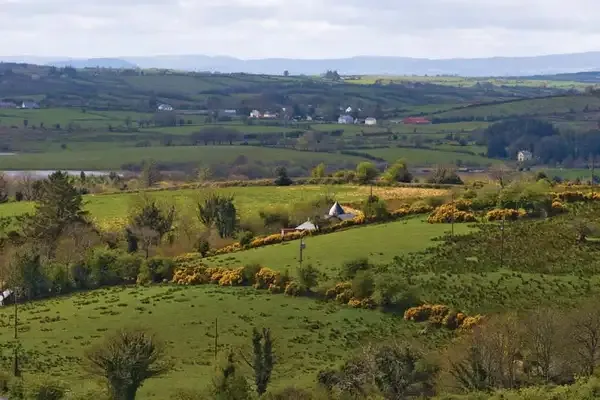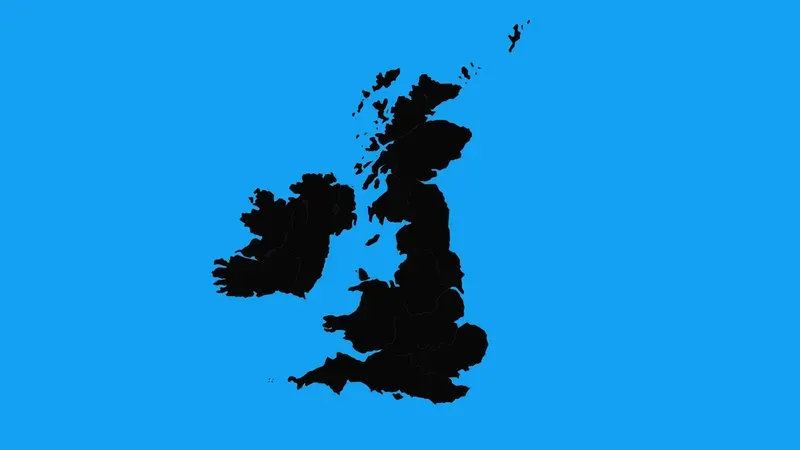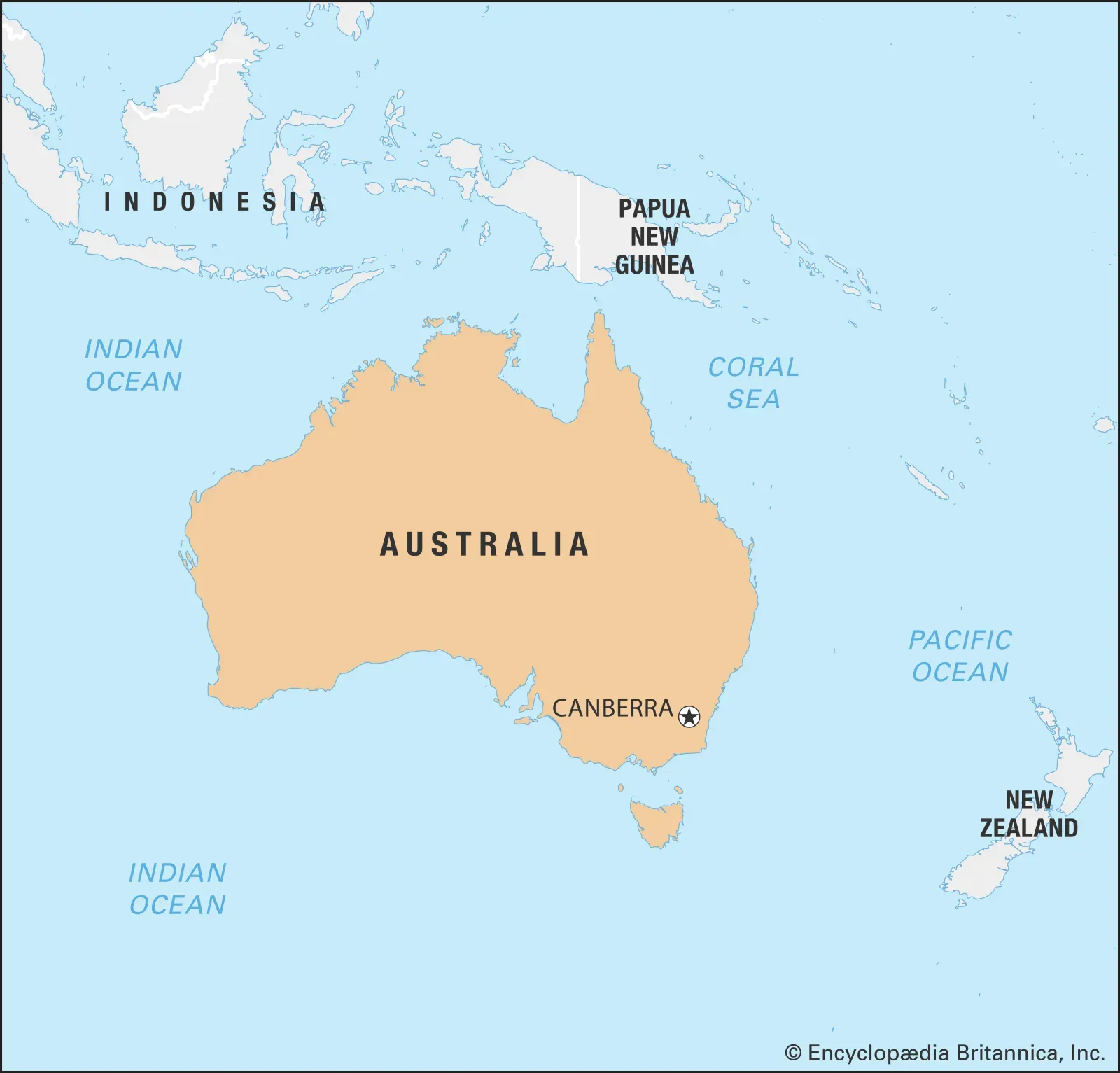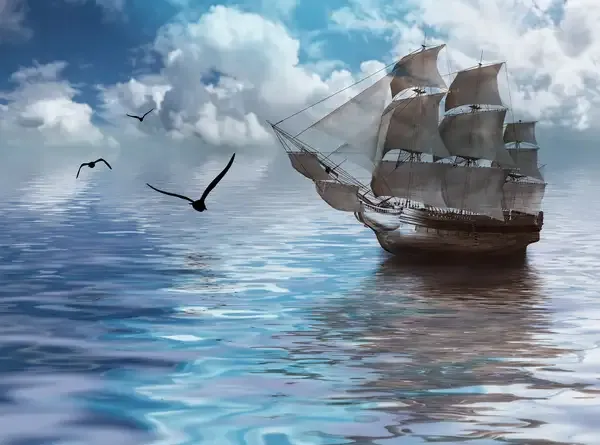Where Is “Old Zealand”?
Old Zealand, known as Zeeland in Dutch, is a province in the southwestern part of the Netherlands. Comprising a series of islands and peninsulas, it is bordered by the North Sea to the west and south. The name “Zeeland” means “sea land” in Dutch, reflecting its geography of land interspersed with water. It is known for its picturesque landscapes, historical towns, and significant role in Dutch maritime history, which inspired the name of New Zealand.

When exploring the fascinating concept of "Old Zealand," it’s essential to understand its historical context and geographical significance. While many people associate Zealand with the modern-day region in New Zealand, the term actually originates from a place in Europe. This article will dive deep into the origins of Old Zealand, its geographical location, and its relevance in today’s world.
What is Old Zealand?
Old Zealand refers to a region in Europe known as Zealand (or Sjælland), which is the largest island in Denmark. This island is rich in history and is significant for its contributions to Danish culture and history. Zealand is home to the capital city of Denmark, Copenhagen, and offers a blend of historical landmarks and modern attractions.
Historical Significance of Zealand
The term "Old Zealand" is often used to distinguish it from its namesake in the Southern Hemisphere. Historically, Zealand played a crucial role during the Viking Age, serving as a central hub for trade and exploration. The island's strategic location in the Øresund Strait made it a vital point for maritime navigation and commerce.
During the Middle Ages, Zealand became the political heart of Denmark. It was in this region that the Danish monarchy established its power and influence. The island has numerous castles and fortifications that date back to this period, showcasing its rich heritage.
Geographical Location
Zealand is situated in the eastern part of Denmark and is bordered by several bodies of water, including the Øresund Strait to the east and the Great Belt to the south. The island is connected to the mainland of Denmark by bridges, making it easily accessible for both locals and tourists. Its geographical position not only enhances its beauty but also adds to its historical significance.
Exploring Modern Zealand
Today, Zealand is a vibrant blend of old and new. It offers various attractions that cater to both history enthusiasts and modern travelers. Key cities like Copenhagen and Roskilde are filled with museums, galleries, and historical sites. Here are some notable attractions:
| Attraction | Description |
|---|---|
| Rosenborg Castle | A renaissance castle in Copenhagen housing the Danish crown jewels. |
| Viking Ship Museum | Located in Roskilde, this museum showcases well-preserved Viking ships and artifacts. |
| Tivoli Gardens | A historic amusement park in Copenhagen known for its beautiful gardens and entertainment. |
| Frederiksborg Castle | A stunning castle in Hillerød, showcasing the history of Danish kings. |
Old Zealand vs. New Zealand
Understanding the distinction between Old Zealand and New Zealand is crucial for anyone interested in geography or history. While Old Zealand is a historical region in Denmark, New Zealand is a separate country located in the southwestern Pacific Ocean. New Zealand was named after the Dutch province of Zeeland, but it has its own unique culture, history, and geography.
New Zealand is known for its breathtaking landscapes, indigenous Maori culture, and outdoor adventures. The two Zealands, while sharing a name, offer vastly different experiences and cultural backgrounds.
Why Visit Zealand?
Visitors to Zealand will find a rich tapestry of experiences that combine history, culture, and natural beauty. Whether you are wandering through the cobblestone streets of Copenhagen or exploring the serene countryside, Zealand has something to offer everyone. The island’s diverse attractions make it an ideal destination for travelers seeking both adventure and historical exploration.
In addition to its historical sites, Zealand boasts beautiful coastlines, charming villages, and a thriving culinary scene. The island is known for its fresh seafood and local produce, making it a great destination for food lovers.
Conclusion
In conclusion, Old Zealand is a historically rich region in Europe that offers visitors a glimpse into Denmark’s past while also providing modern attractions. Its significance during the Viking Age and its role as a political center in the Middle Ages make it a vital part of Danish heritage. Understanding Old Zealand helps to appreciate the cultural connections between Europe and the Southern Hemisphere, particularly in the context of New Zealand.
As you plan your travels, consider exploring Old Zealand, where history and modernity coexist beautifully. Whether you are interested in discovering ancient castles, experiencing vibrant city life, or indulging in delicious cuisine, this remarkable island will not disappoint.












